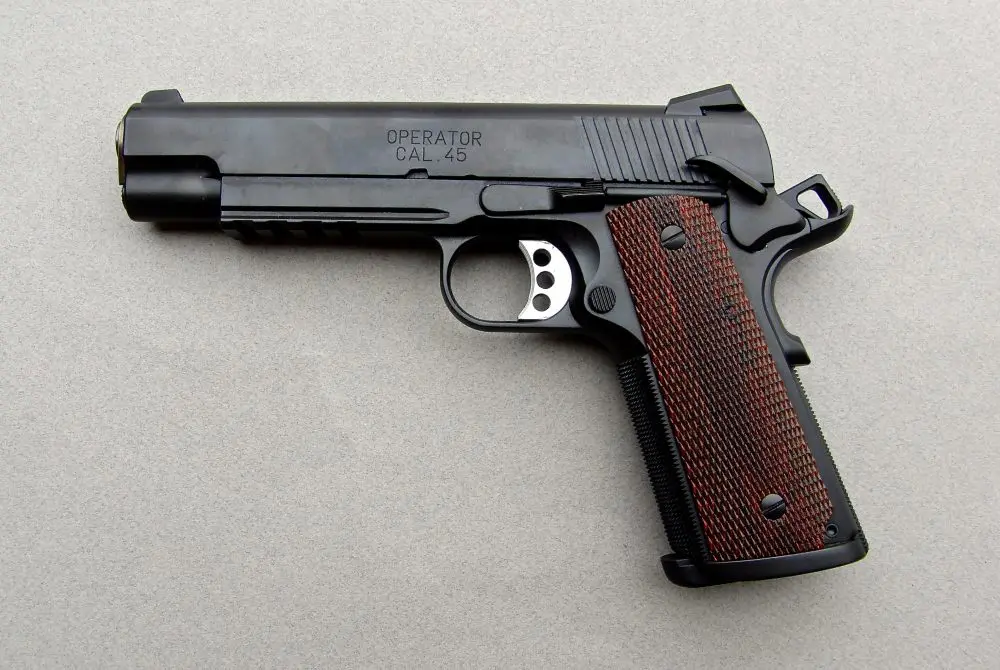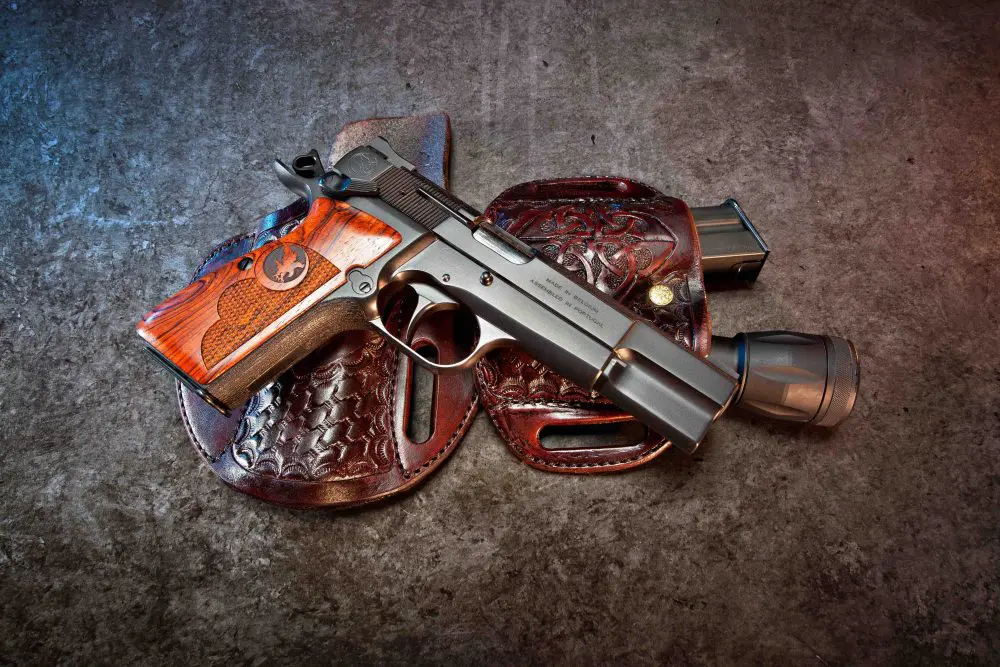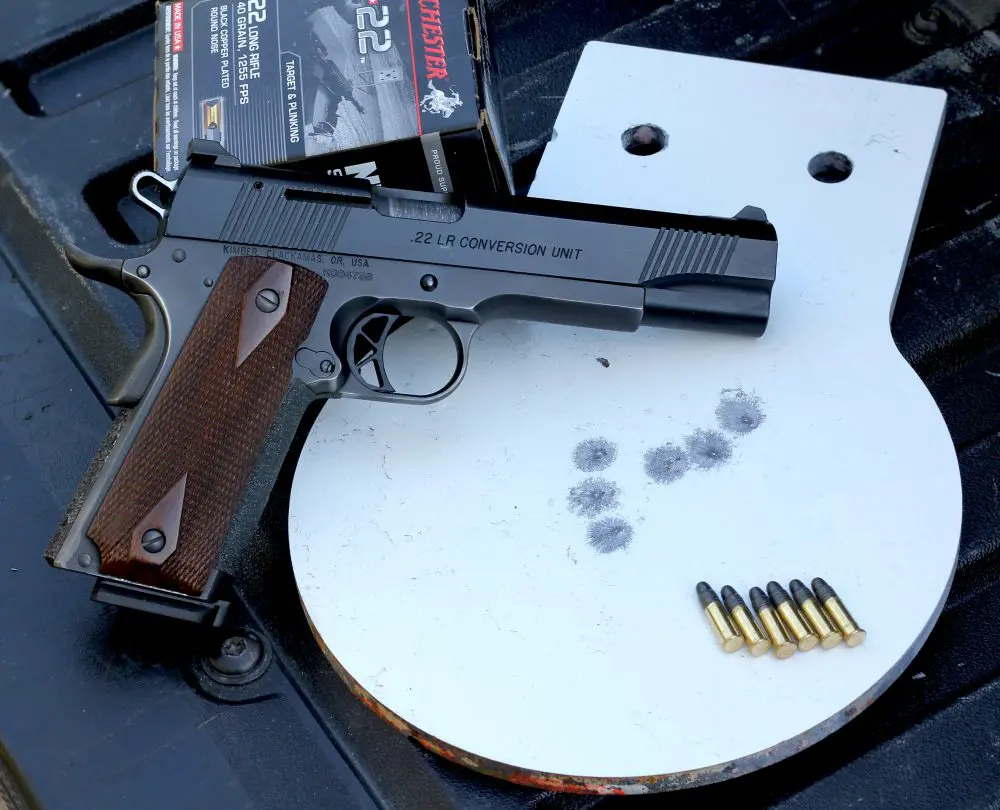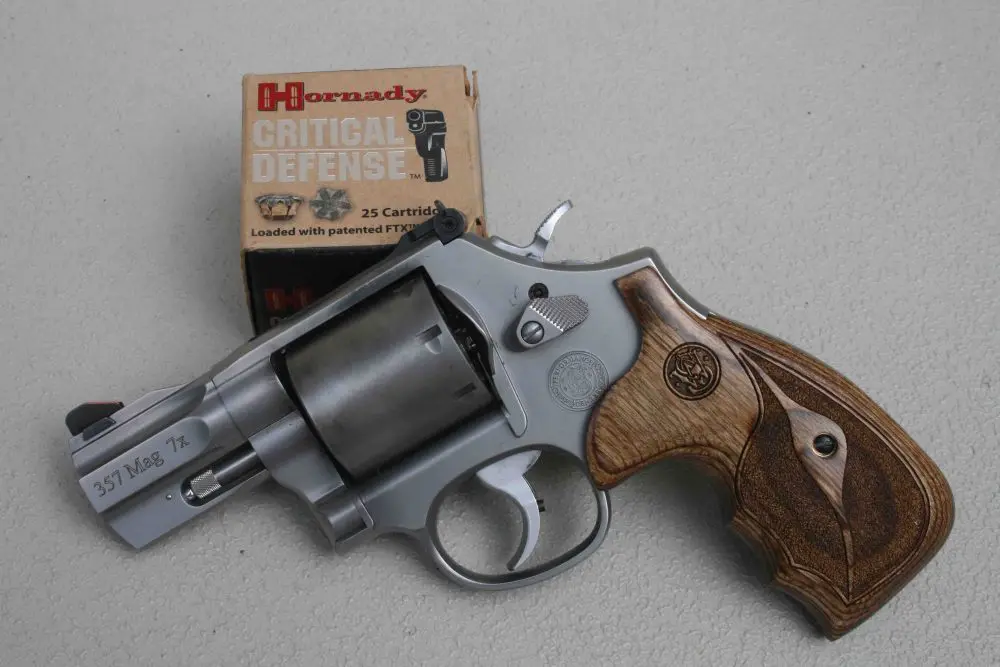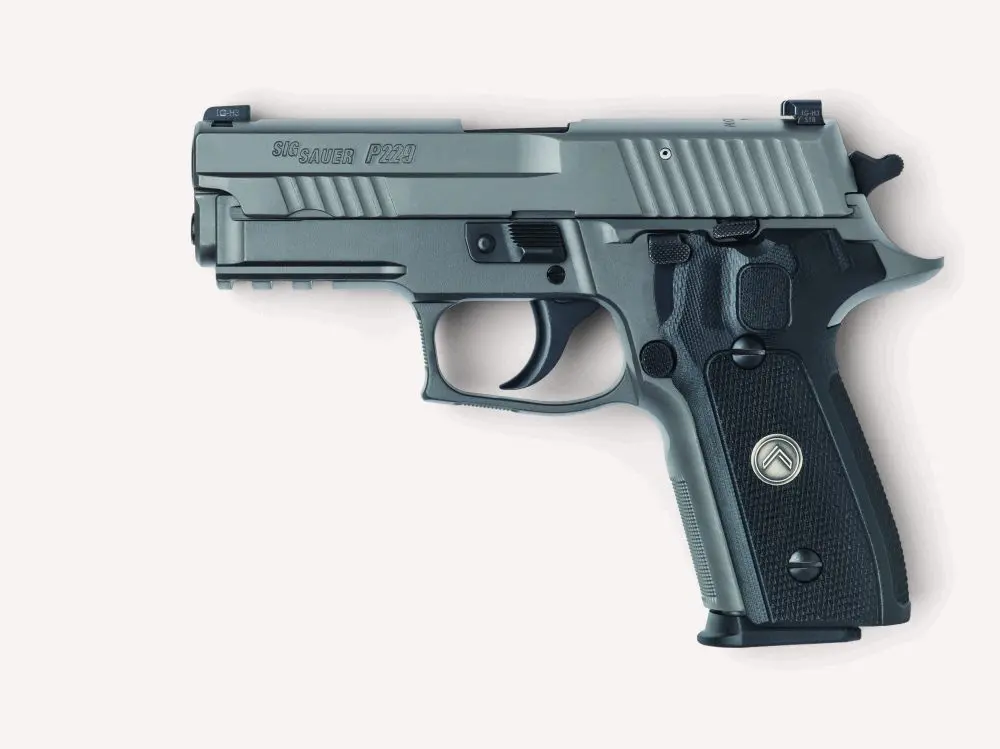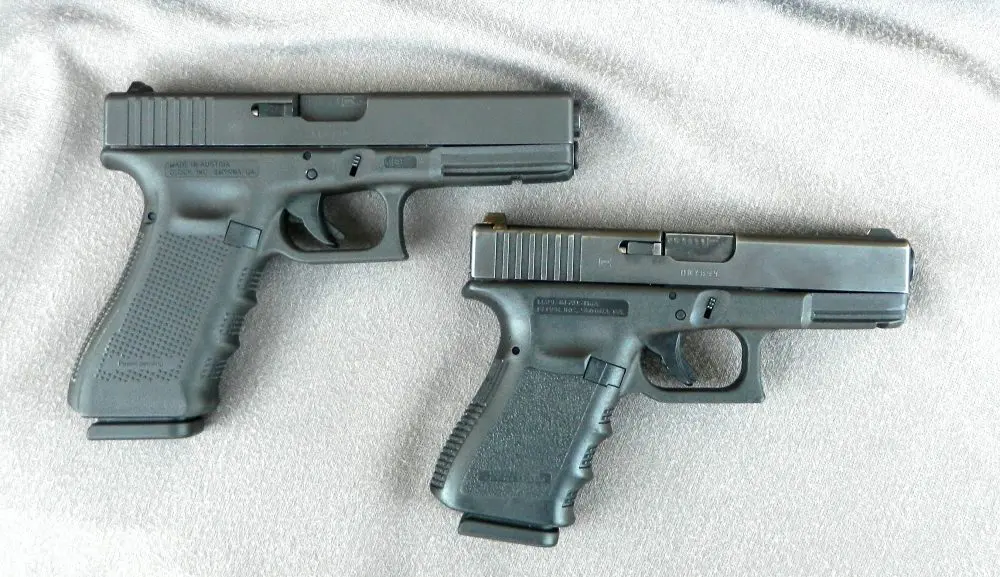Handgun Accuracy: Seven Pillars of Wisdom
We tend to get tunnel vision on the mechanical precision of a handgun and a given load, as if the group size at 25 yards is the singular ingredient in “accuracy.” Accuracy isn’t like a high-end steak dinner, where the only real ingredient is cow. It is much more a stew of a number of ingredients, each ideally supporting the rest for a satisfactory result.

